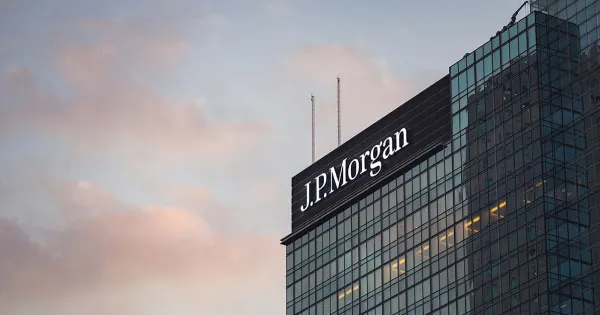U.S. 30-year Mortgage Rate Jump to 6.73%

The average rate for a 30-year mortgage in the U.S. has surged to its highest level in over two decades, marking the sixth consecutive week of increases. Currently sitting above 8%, this spike in mortgage rates reflects broader economic trends influenced by the Federal Reserve's ongoing efforts to control inflation. As the Fed has increased interest rates multiple times over the past year, the impact has rippled through the housing market, resulting in higher borrowing costs for prospective homebuyers.
This rise in mortgage rates is creating significant challenges for many potential buyers. With home affordability becoming increasingly elusive, many individuals and families are reconsidering their plans to purchase homes. The increased costs associated with higher interest rates mean that monthly mortgage payments are substantially higher than they were just a year ago, leading to a slowdown in housing demand. According to a recent report by the National Association of Realtors, pending home sales have declined, indicating that fewer buyers are entering the market.
The implications of rising mortgage rates extend beyond individual buyers. Real estate markets in many regions are experiencing price adjustments as sellers respond to the reduced demand. Homes that might have sold quickly are now sitting on the market for longer periods, and some sellers are being forced to lower their asking prices to attract buyers. This cooling effect on the housing market could lead to broader economic consequences, particularly in areas heavily reliant on real estate for economic stability.
Additionally, as borrowing costs rise, many existing homeowners are choosing to stay put rather than refinance or upgrade their homes. This trend further constrains inventory in the housing market, exacerbating the challenges for new buyers. The current climate has prompted discussions about the need for increased housing supply to address the demand-supply imbalance.
Despite these challenges, some experts suggest that the market may stabilize in the future as inflationary pressures ease and the Federal Reserve potentially shifts its monetary policy. For now, however, potential homebuyers are faced with difficult decisions as they navigate a market marked by high rates and uncertain economic conditions.





